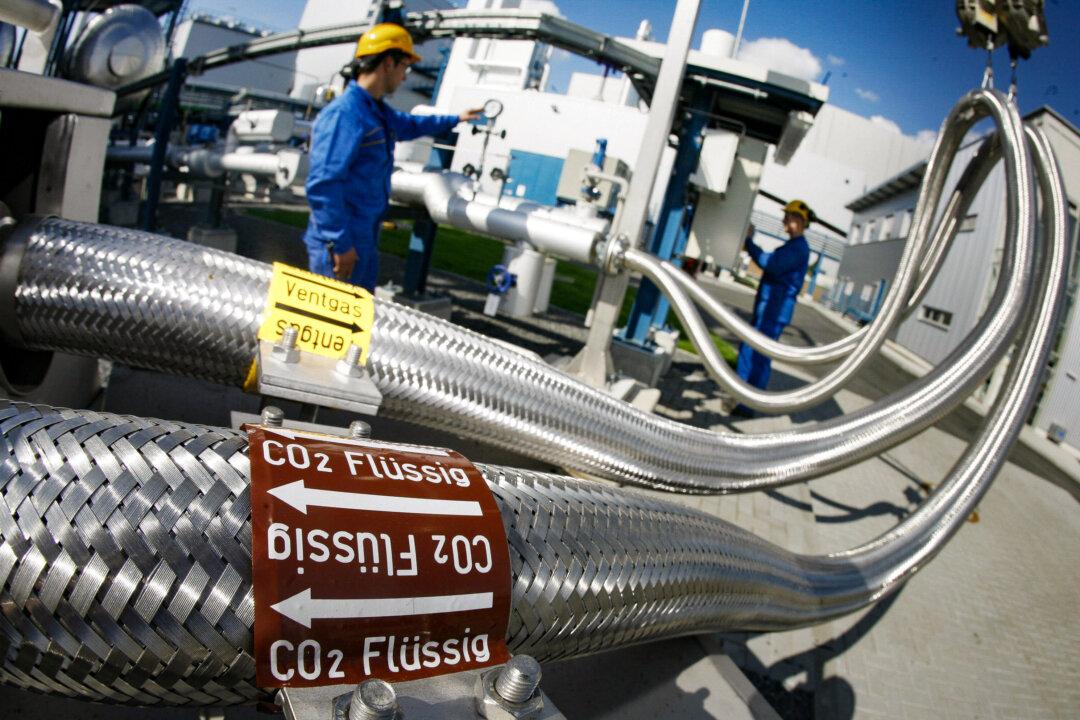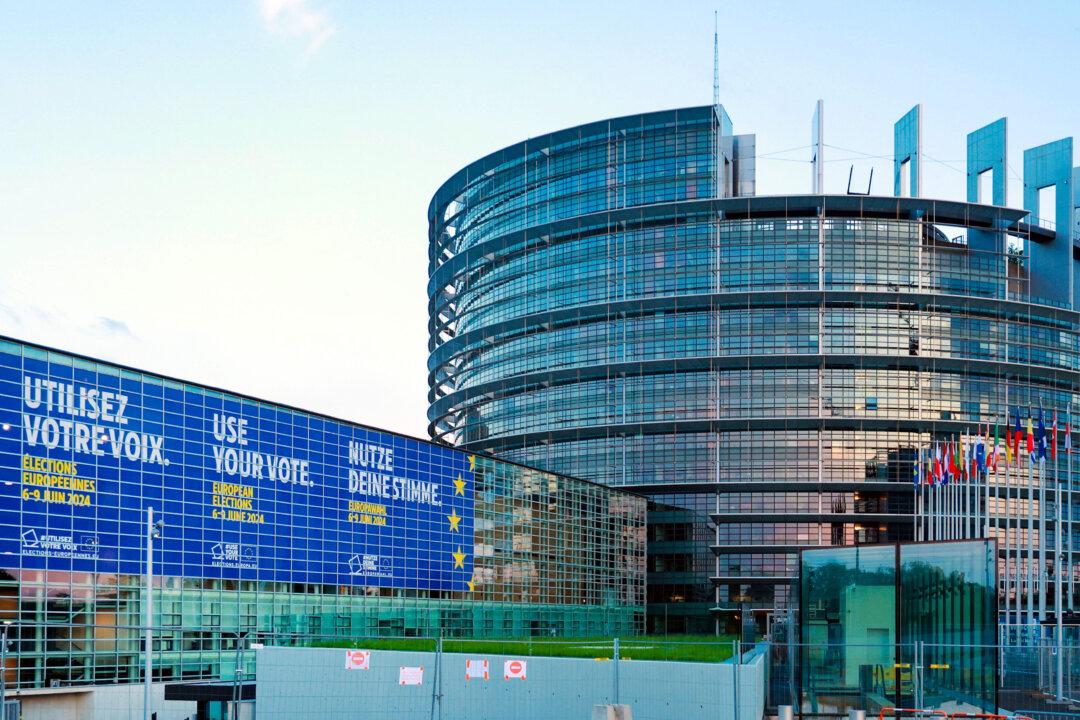Two legislative bodies of the European Union (EU) reached a tentative agreement on Feb. 20 over new rules for the voluntary certification, registration, and monitoring of carbon removals within the bloc.
The European Council and the European Parliament agreed to define and regulate permanent carbon removals, carbon farming, and carbon storage in products to address climate change, according to a statement from the council.





